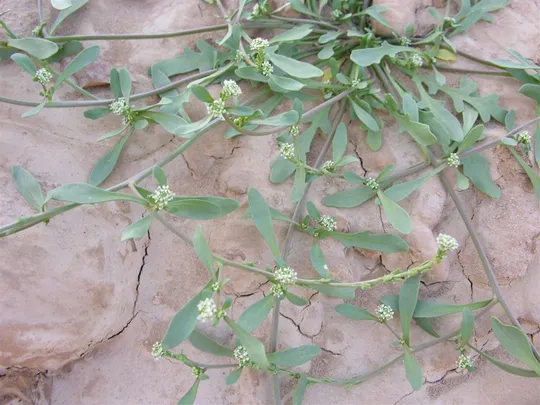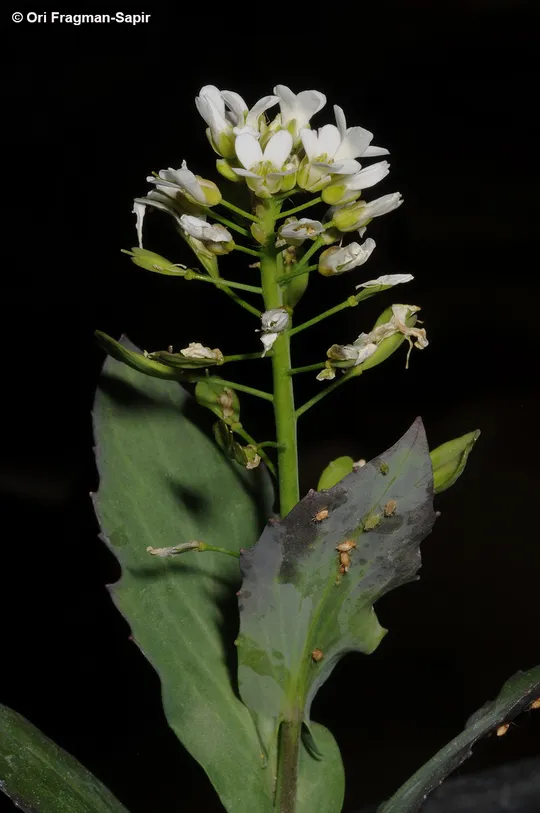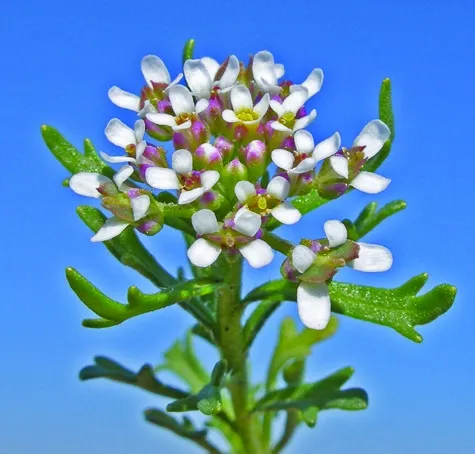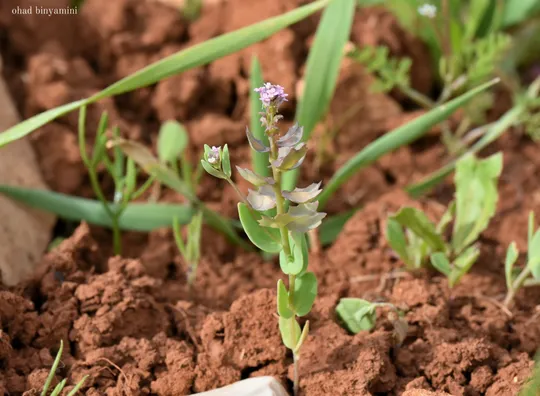Broad-leaved Pepperweed, Broad-leaved Pepperwort
Lepidium latifolium
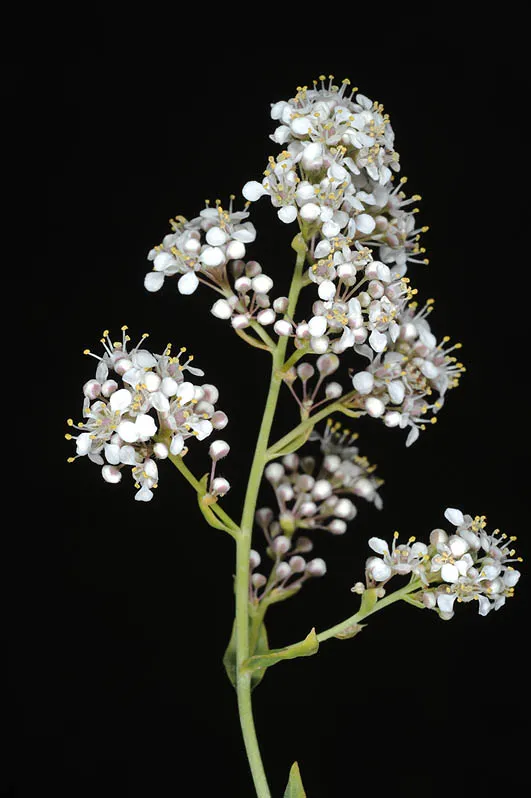
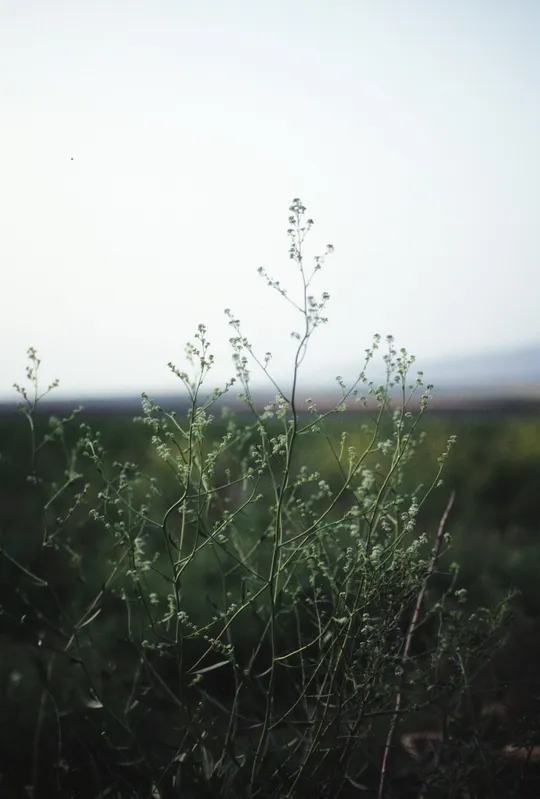
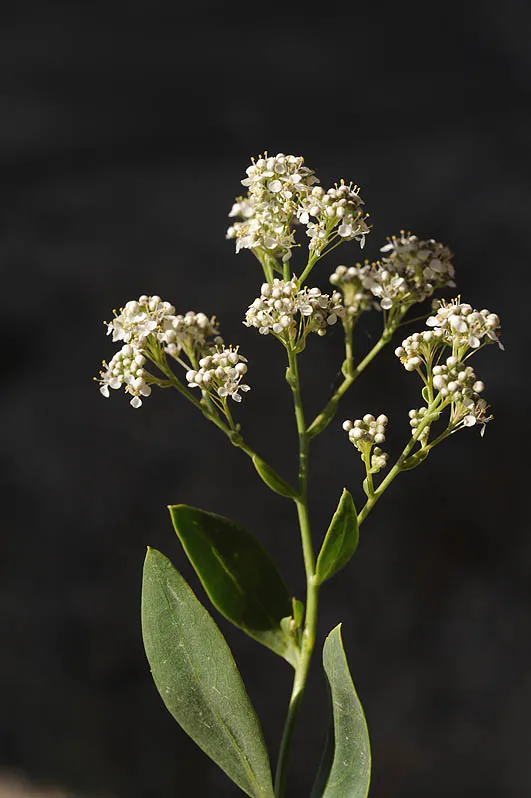
Lepidium latifolium grows in the
Upper Galilee, Hula Valley, northern Golan Heights, lower Mount Hermon, Jezreel
Valley, Carmel Beach, Sharon and the Judean Mountains at 11 recorded sites,
although there are an estimated 13 sites. In the Upper Galilee it grows near
Alma and in the upperl Amud Stream (Sikhvi Stream)) and is extinct in Safed. in
the Hula Valley L. latifolium is found in the
Hula Reserve and is extinct from Ne'ot Mordekhai and the Enan Stream; in the
Golan it grows in the Sa'ar Stream and in Hushnia; in the lower Hermon on Mount
Keta and the Yafori Valley; it was observed in the Jezreel Valley in Wadi Doreh
and has disappeared from Afula and from En Jezreel; on the Carmel Coast it is
found in the Taninim Stream, in the Sharon near Binyamina and in the Judean Mountains
near the Shiloah Spring. The species is extinct in Pleshet, where it was
collected in 1968 (Jaffa). Its past and current distribution in Israel is
characterized by widely spaced sites.
River edges,
channels and springs, and on soil where there is seasonal capillary rise and salt
evaporation on the ground surface. Outside Israel it was also recorded from
agricultural areas.
For the genus –
see Lepidium aucheri. L. latifolium belongs to the Lepidium
section within the genus Lepidium. The species in
this section are characterized compressed or swollen wingless fruit, (as found in
Lepidium vesicarium found in the Caucasus and Turkey). L. latifolium is the only
representative of this section in Israel.
·
Although Lepidium
latifolium survived in most regions, it is extinct at 8 sites
and is on the verge of extinction in all regions other than the Northern Golan
Heights and the lower Hermon.
·
All the wetlands
habitats in Israel are endangered or threatened by deteriorating water quality,
which reduces the possibility of L. latifolium
surviving in Israel.
·
L. latifolium is protected in the Hula, Mount Meron and Taninim Stream reserves.
·
L. latifolium
is not globally endangered.
Known Lepidium
latifolium populations should be monitored. L. latifolium is easily
propagated vegetatively, therefore samples should be collected
from the remaining sites and propagated in refuge gardens.
Lepidium latifolium is a widely
spread plant found throughout most of Europe, the Mediterranean Basin (including
North Africa) and eastwards in Asia to the Himalayan foothills. In Turkey it is
a fairly common plant decreasing southwards to Syria, Lebanon, Israel and
Jordan. Interestingly, L. latifolium is more common
in Jordan than in Israel, probably due to the many springs in the Ammon, Moab
and Edom mountain ranges. In North America (Canada, U.S.A. and Mexico) and in
Australia it is considered an invasive plant and is extremely problematic in
humid and saline habitats (Global Invasive Species Database).
Lepidium latifolium is a perennial
herb of wetlands that grows in a fragmented pattern in many regions, but on
relatively few sites. Its habitat in Israel is threatened, but the species is
not globally endangered.
Hedge, I. C. 1965. Lepidium in Flora of Turkey vol. 1, pp. 279-285.
Global Invasive Species Database http:
/www.issg.org/database/welcome/
Current Occupancy Map
| 1000 squre meter pixel | 5000 squre meter pixel | 10000 squre meter pixel | |
|---|---|---|---|
| number of observations | 0 | 0 | 0 |
| in total pixels | 0 | 0 | 0 |
| Family | Brassicaceae |
| Classification | On the endangered species list |
| Ecosystem | Mediterranean humid |
| Chorotype | Euro-Siberian – Mediterranean – Irano-Turanian |
| Conservation Site | Taninim Stream Nature Reserve |
| Rarity |
1
2
6
|
|---|---|
| Vulnerability |
0
3
4
|
| Attractiveness |
0
0
4
|
| Endemism |
0
0
4
|
| Red number |
1
3.2
10
|
| Peripherality | N |
| IUCN category | DD EW EX LC CR EN VU NT |
| Threat Definition according to the red book | Vulnerable |
 Based on:
Based on:
